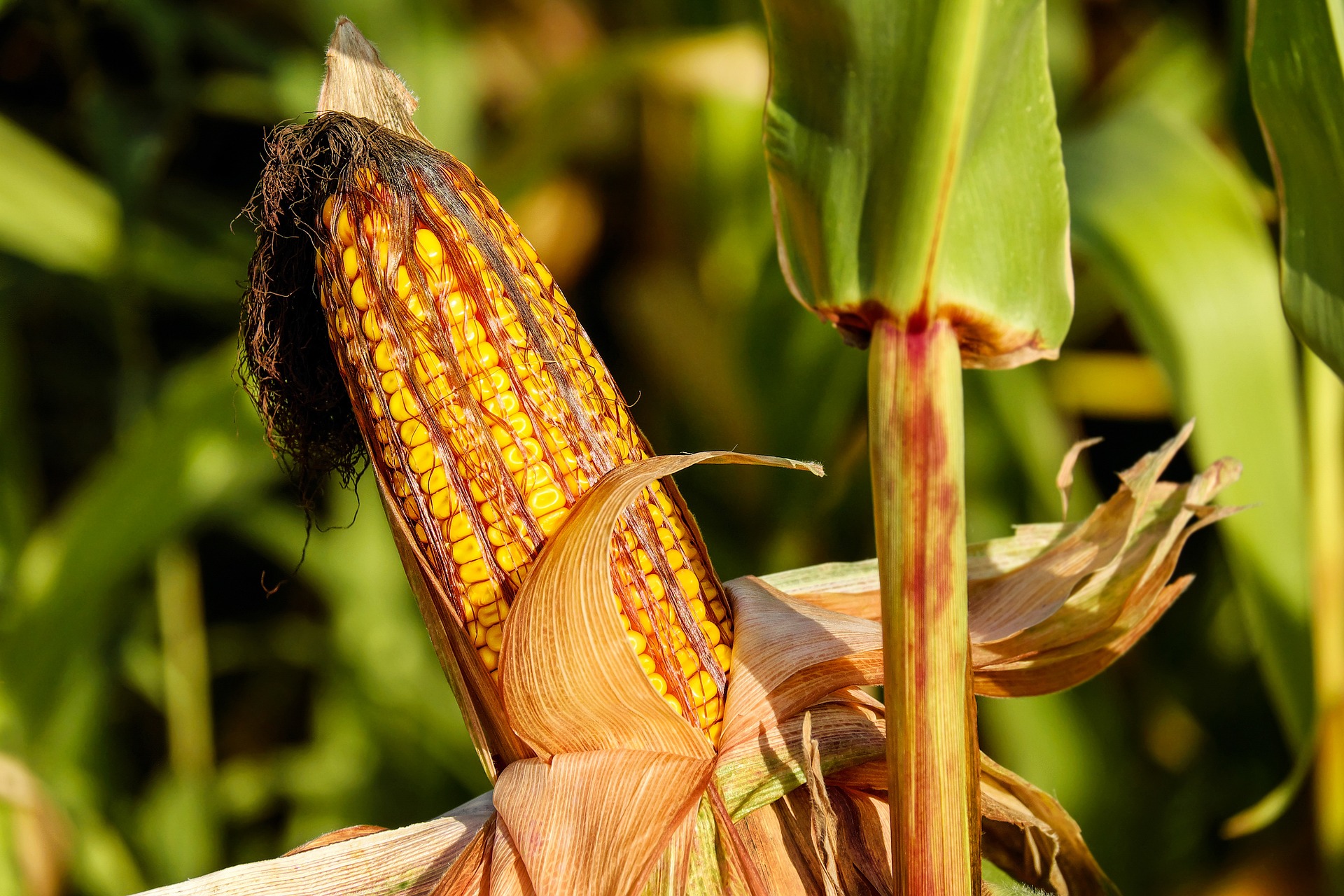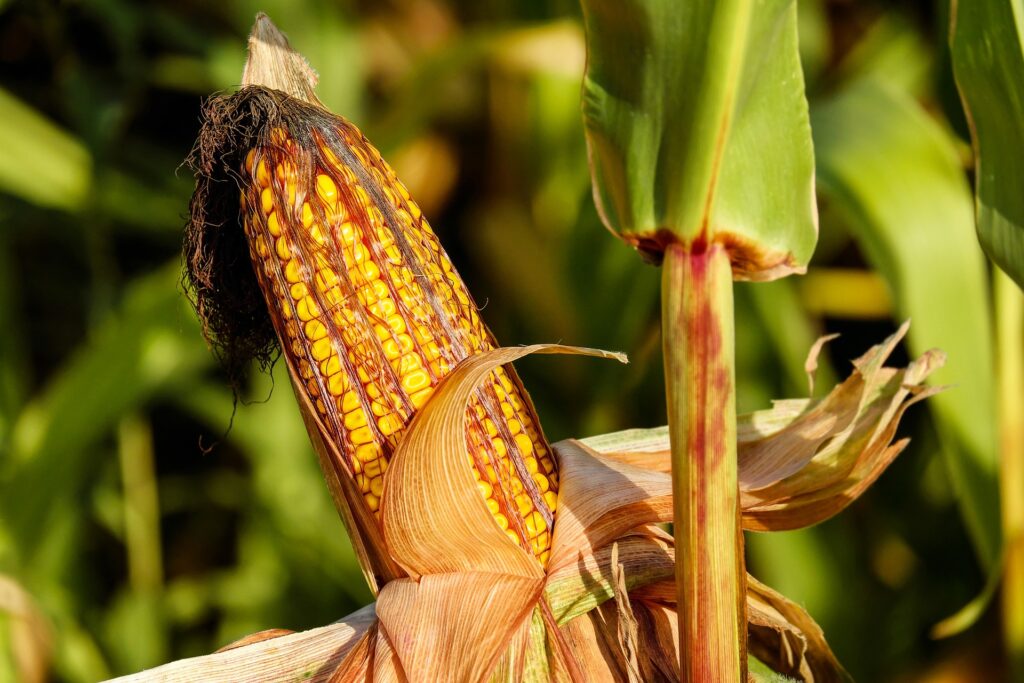
Image: Pixabay
The imminent end of La Niña offers hope, but it's all speculation.
Corn prices are only falling on the international market, after months of overvaluation and with the arrival of the new Brazilian harvest. However, two factors are on the radar and should be monitored, as they have a high potential to change prices in the coming days.
{module Form RD}
The first factor, closest to Brazil, is the prolonged drought in Argentina, which delayed the sowing of corn for 2022/2023 and generated uncertainty about the volume of future production. According to AgResource Consulting, the Argentine climate and the potential for drought expansion become “a potential story for determining the price of corn if the drought persists into January.”
“The main problem this season is that Argentina has neither subsoil moisture nor corn stocks to extract, and therefore production downgrades have a one-to-one impact on export potential. The imminent end of La Niña offers hope, but beyond the end of December and beginning of January the market will no longer be able to speculate on future weather conditions”, say market analysts.
AgResource expects Argentina's corn crop to be “60% to 65% planted on December 31, and weather begins to determine crop potential immediately thereafter. The 10-day forecast is dry. Better rain chances are forecast in the 11-15 day period, but confidence in extended range details is low.”
UKRAINE FACTOR
The second unknown comes from uncertainty about Ukraine's potential to dump more corn on the market. According to TF Agroeconomic Consultancy, UkrAgroConsult revised the corn harvest to 26.5 million tons. In turn, the Joint Coordination Center reported that Ukrainian shipments at Black Sea ports fell by around 21% in the week of December 11, even with the continuity of the “Humanitarian Corridor”. Since the agreement negotiated in July, Ukraine has shipped 13.6 million tons of grain through ports.
Source: Leonardo Gottems | agrolink
















